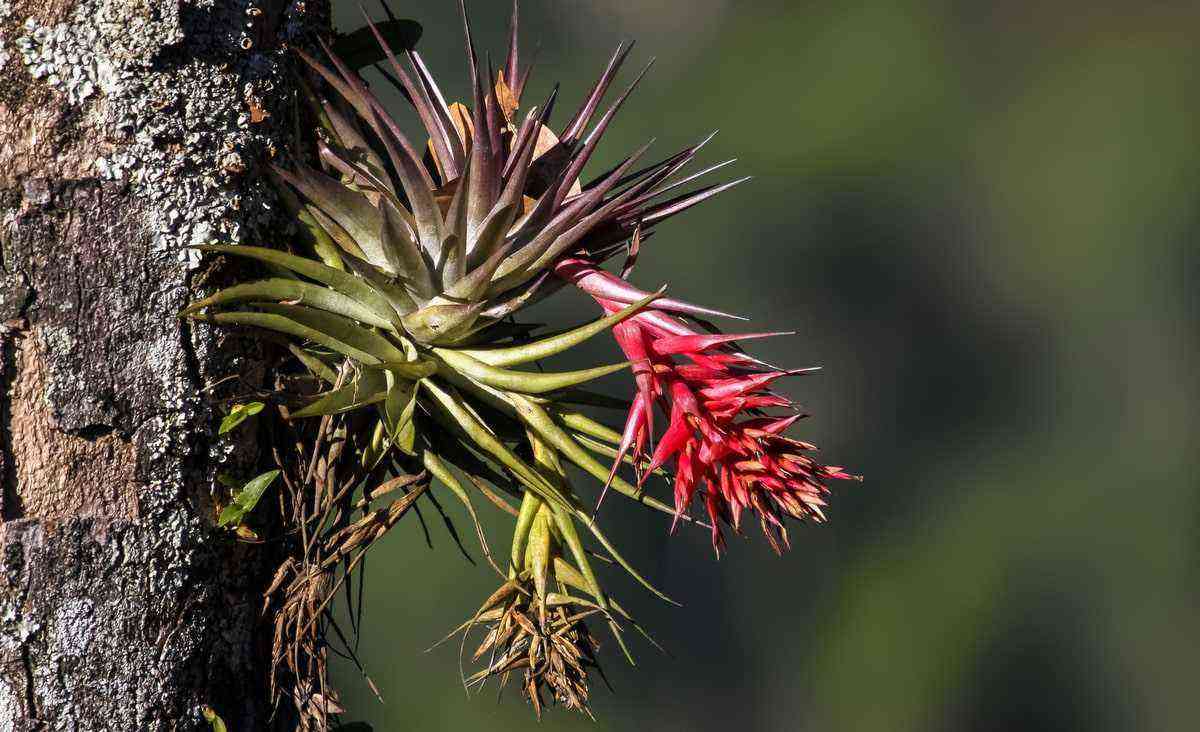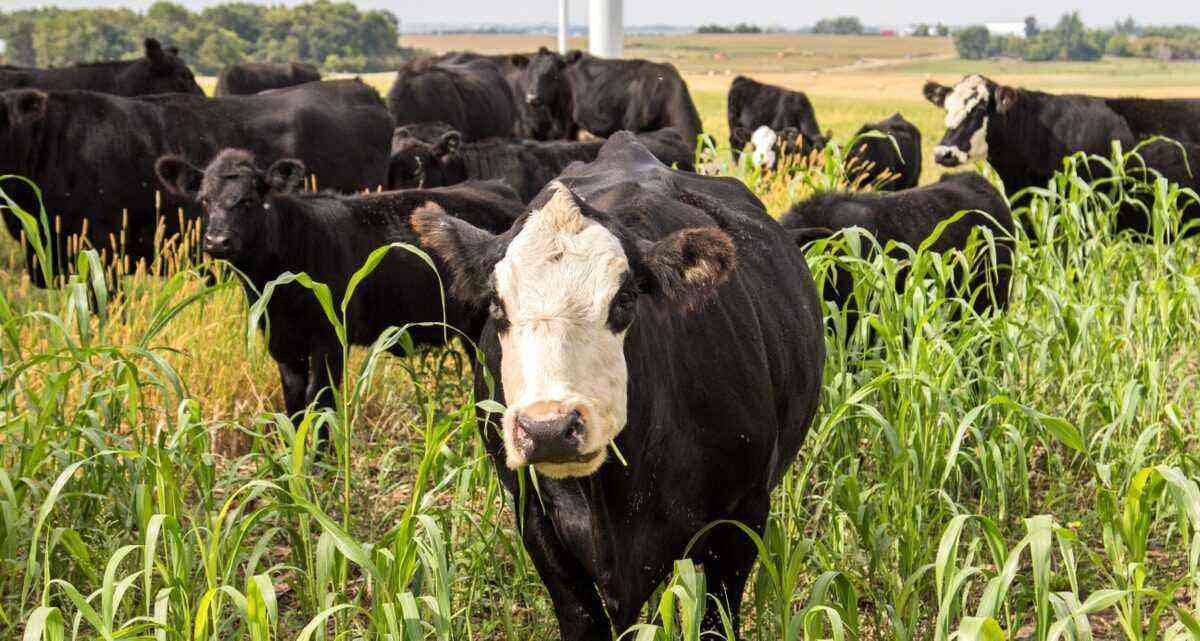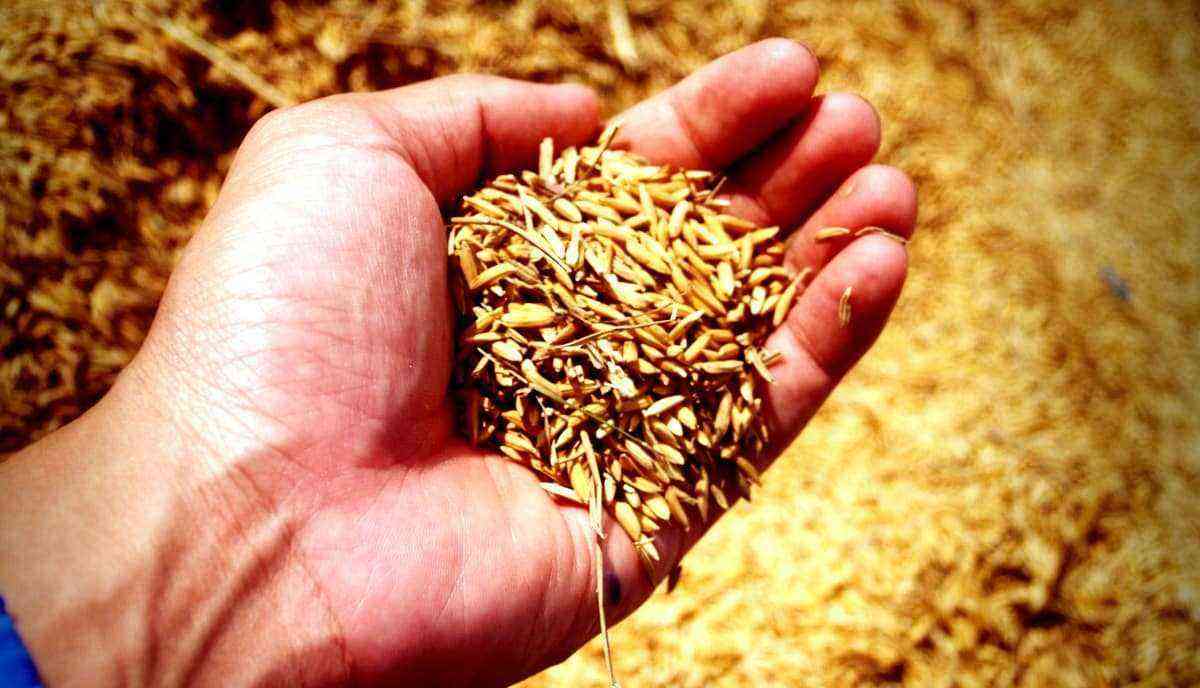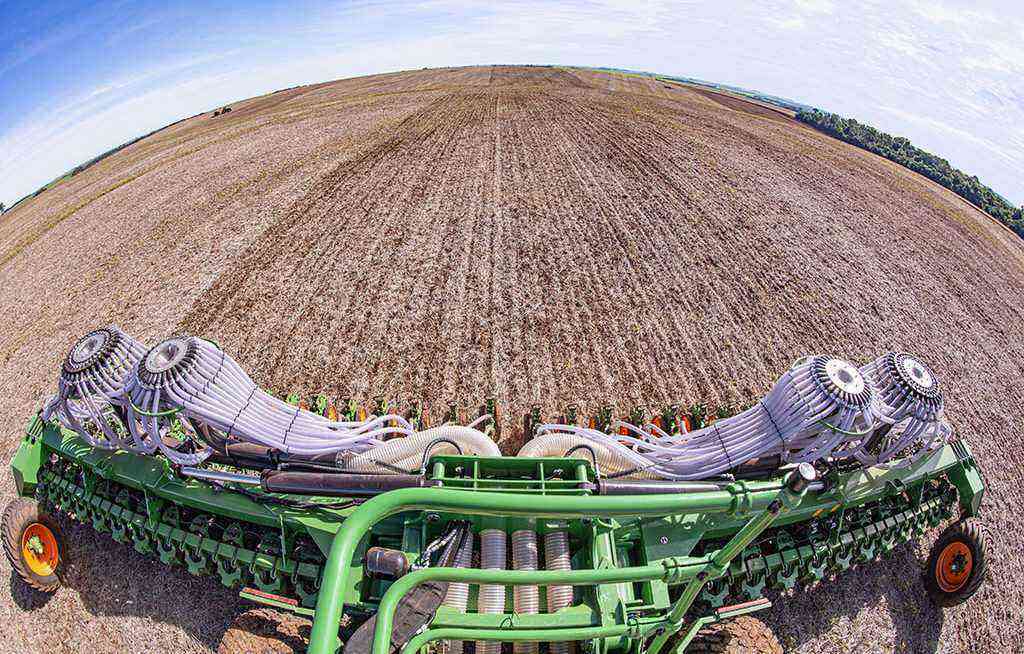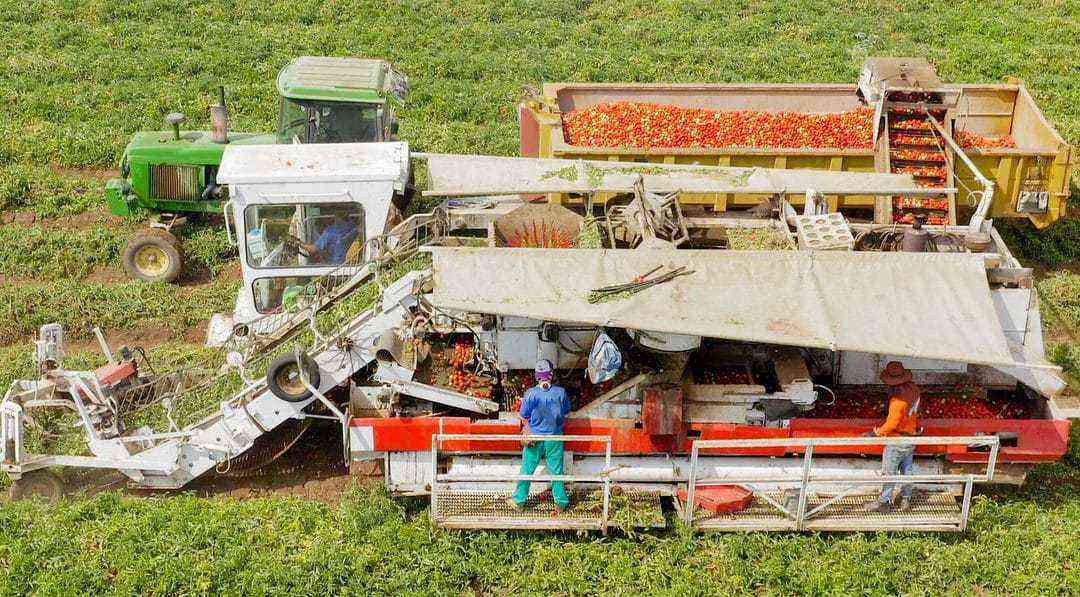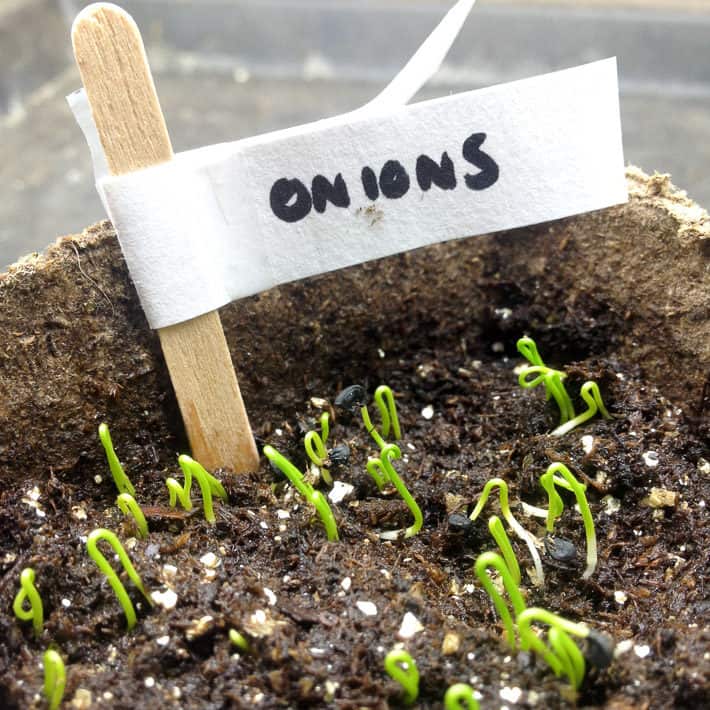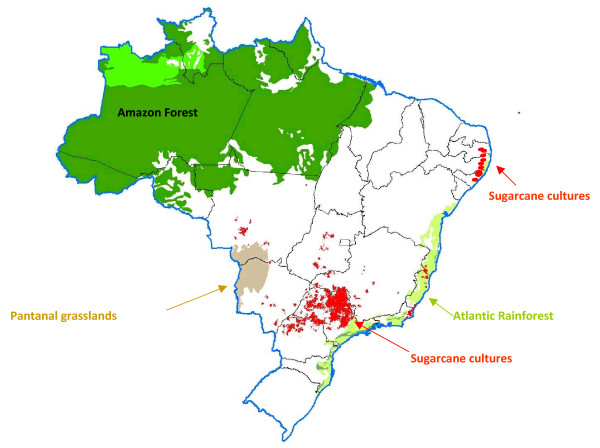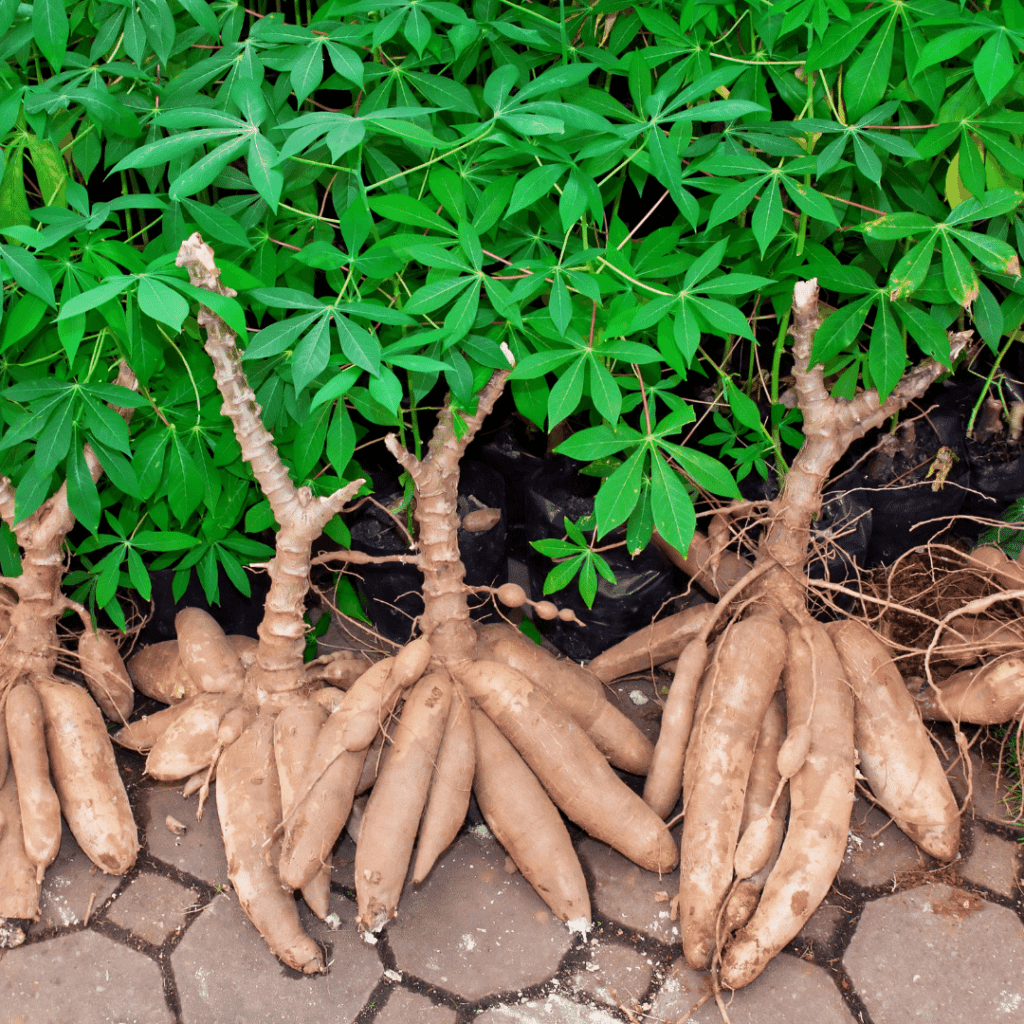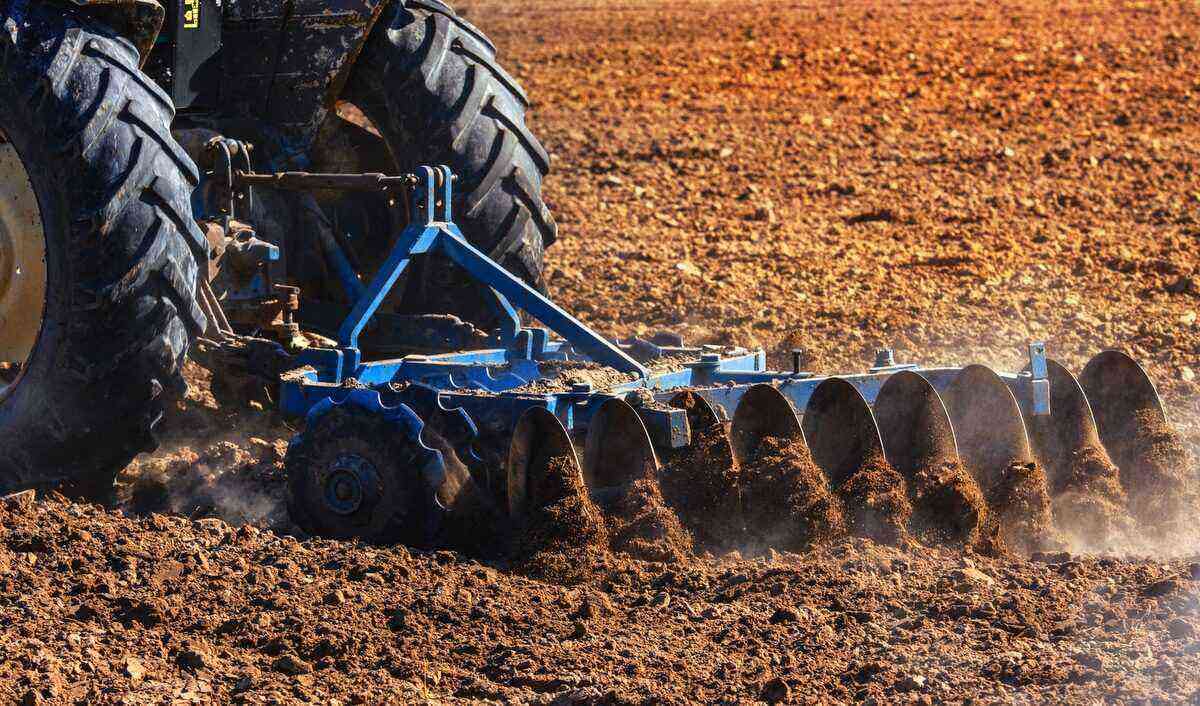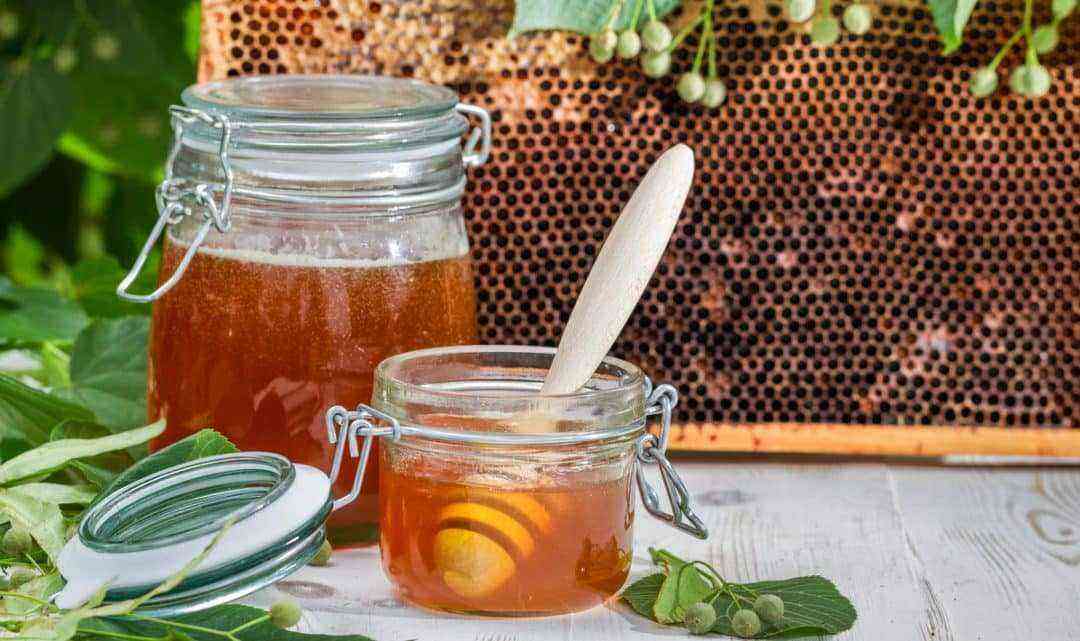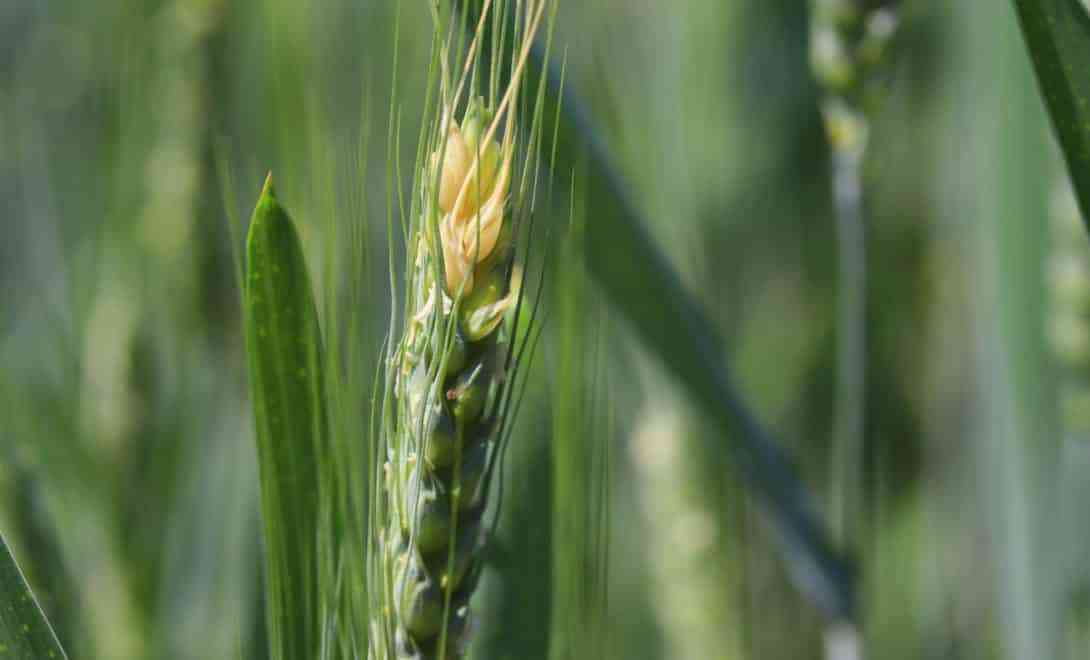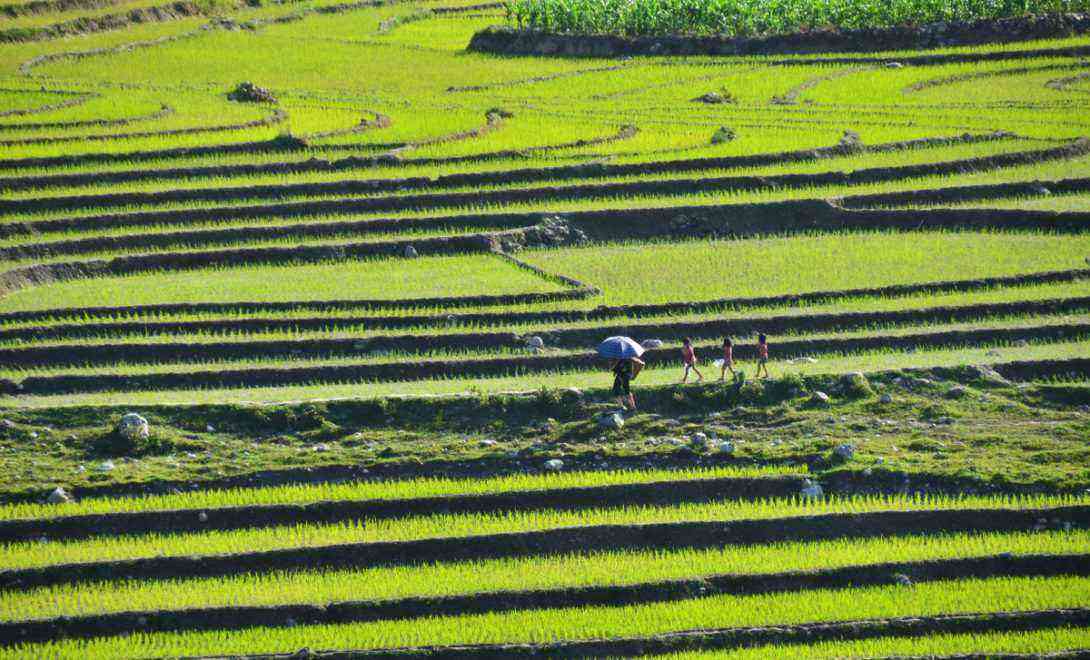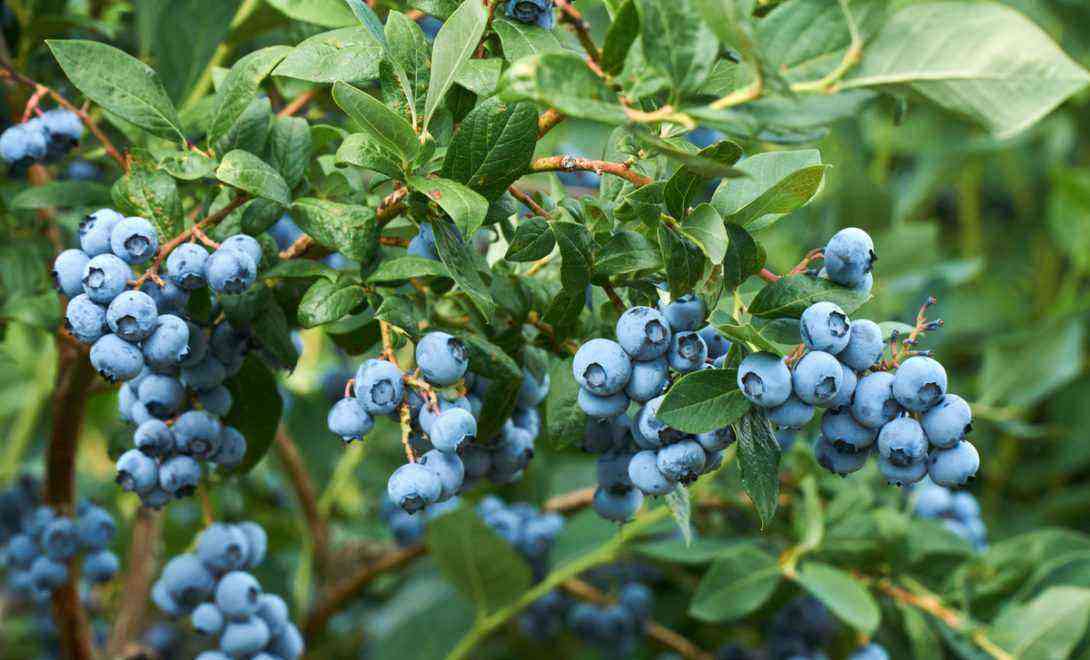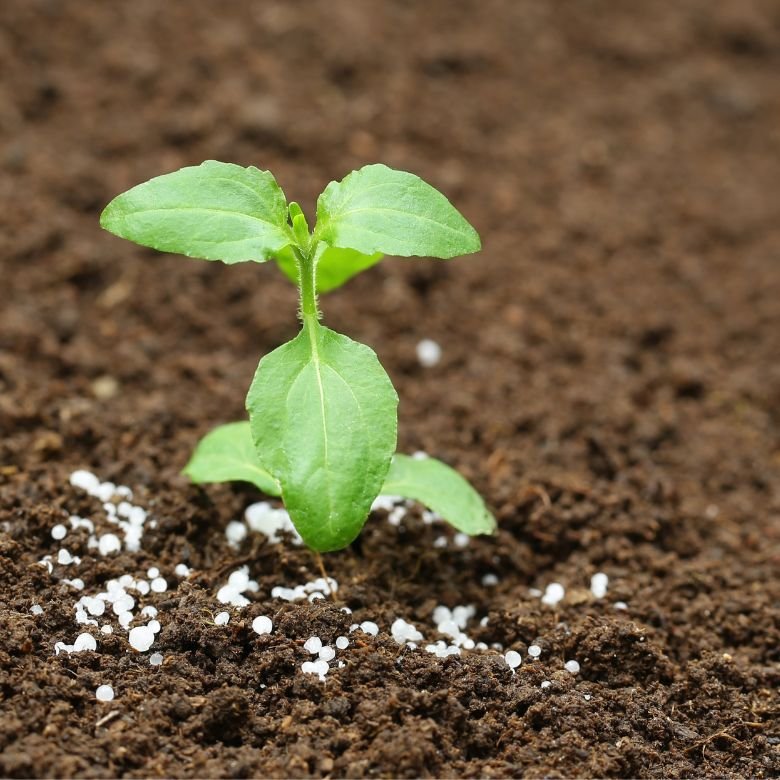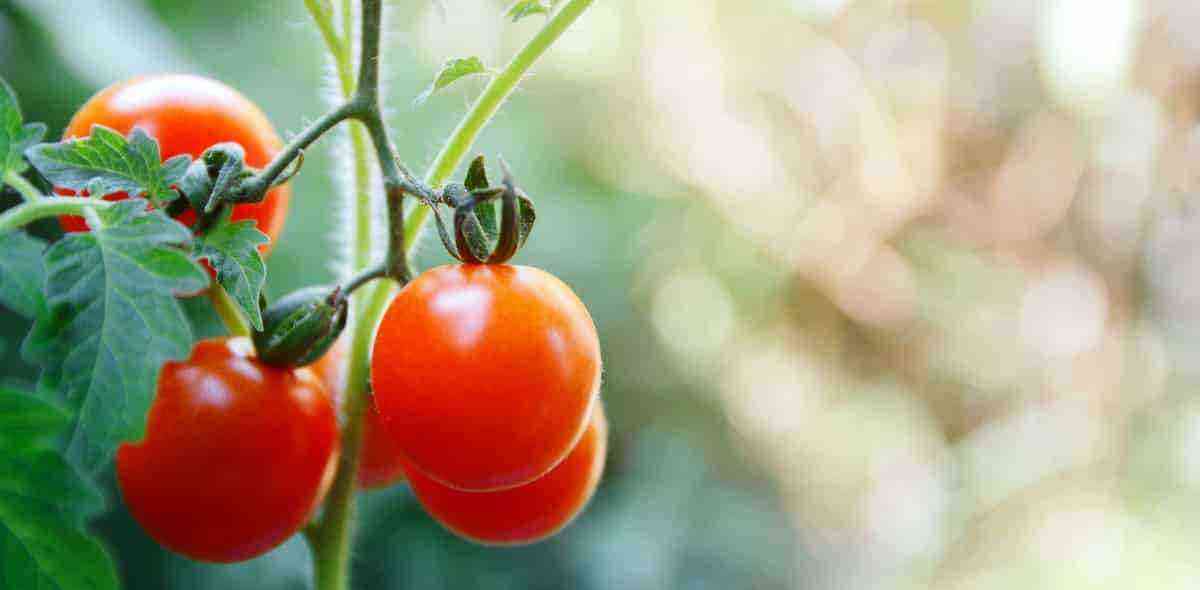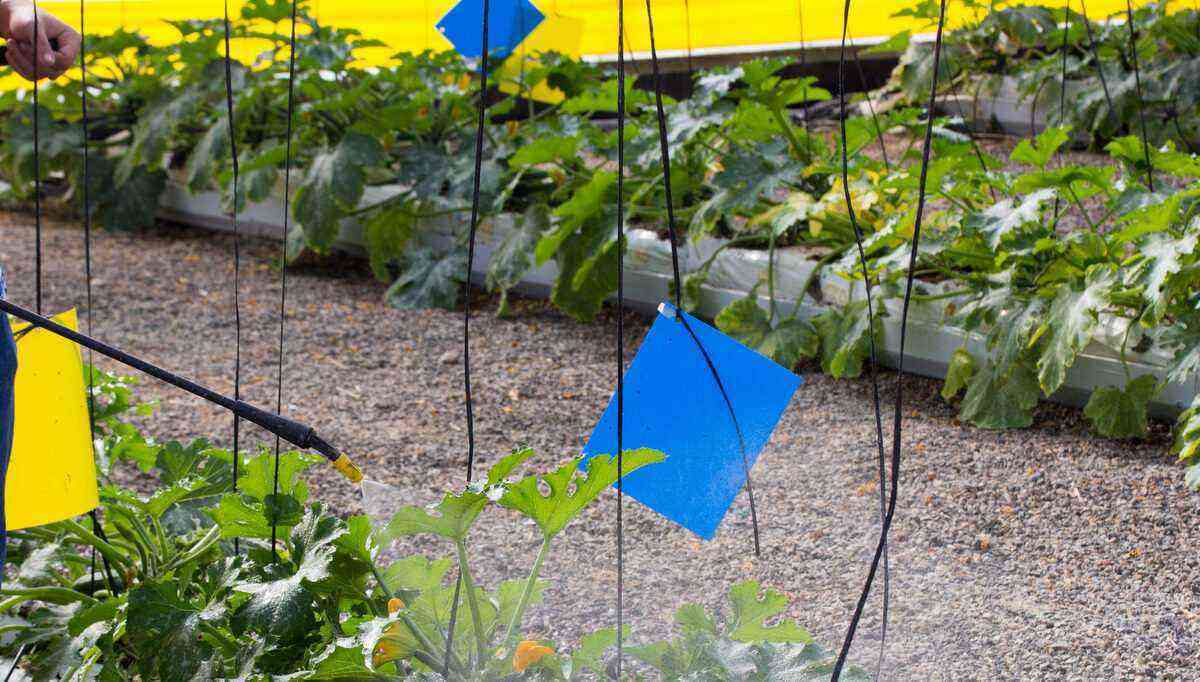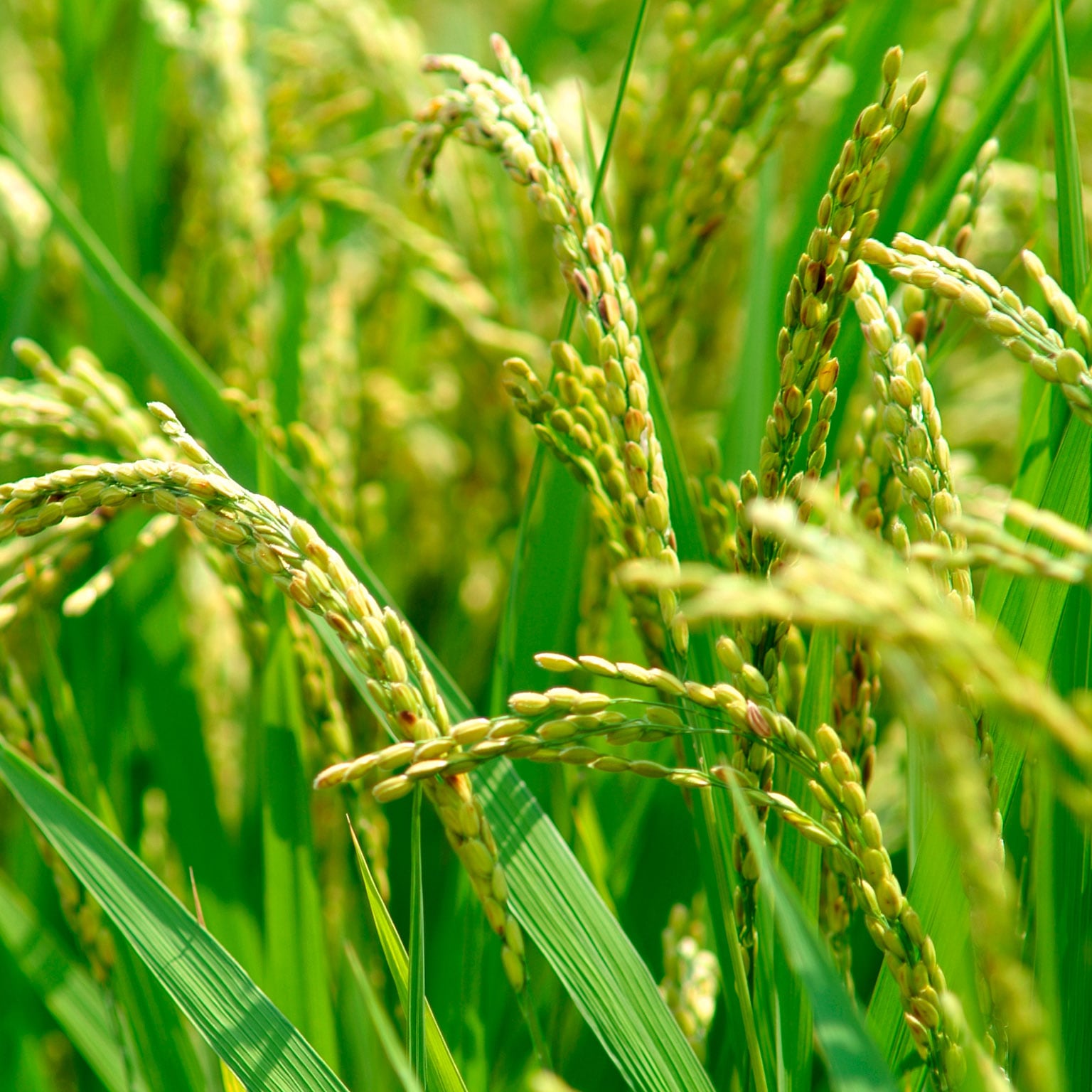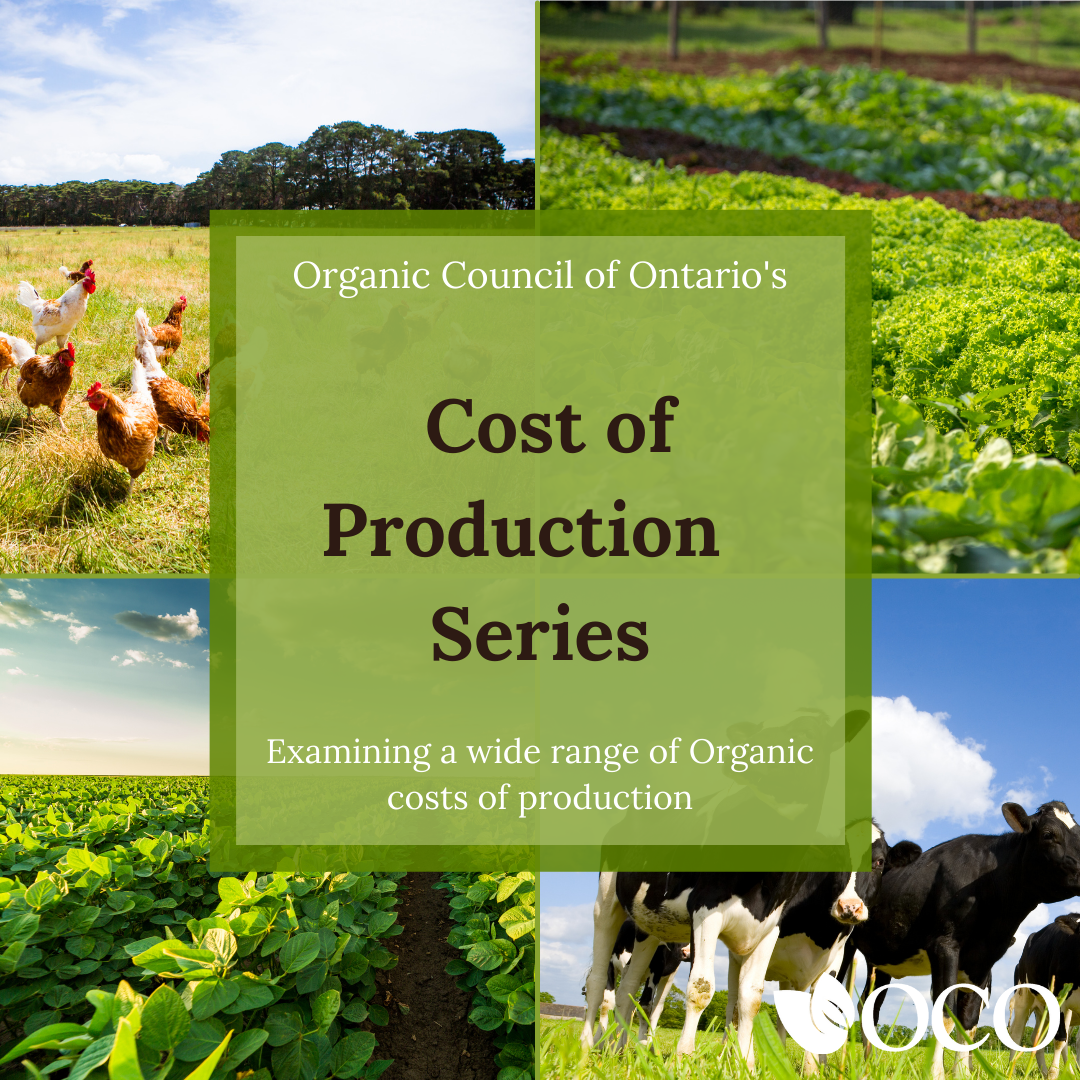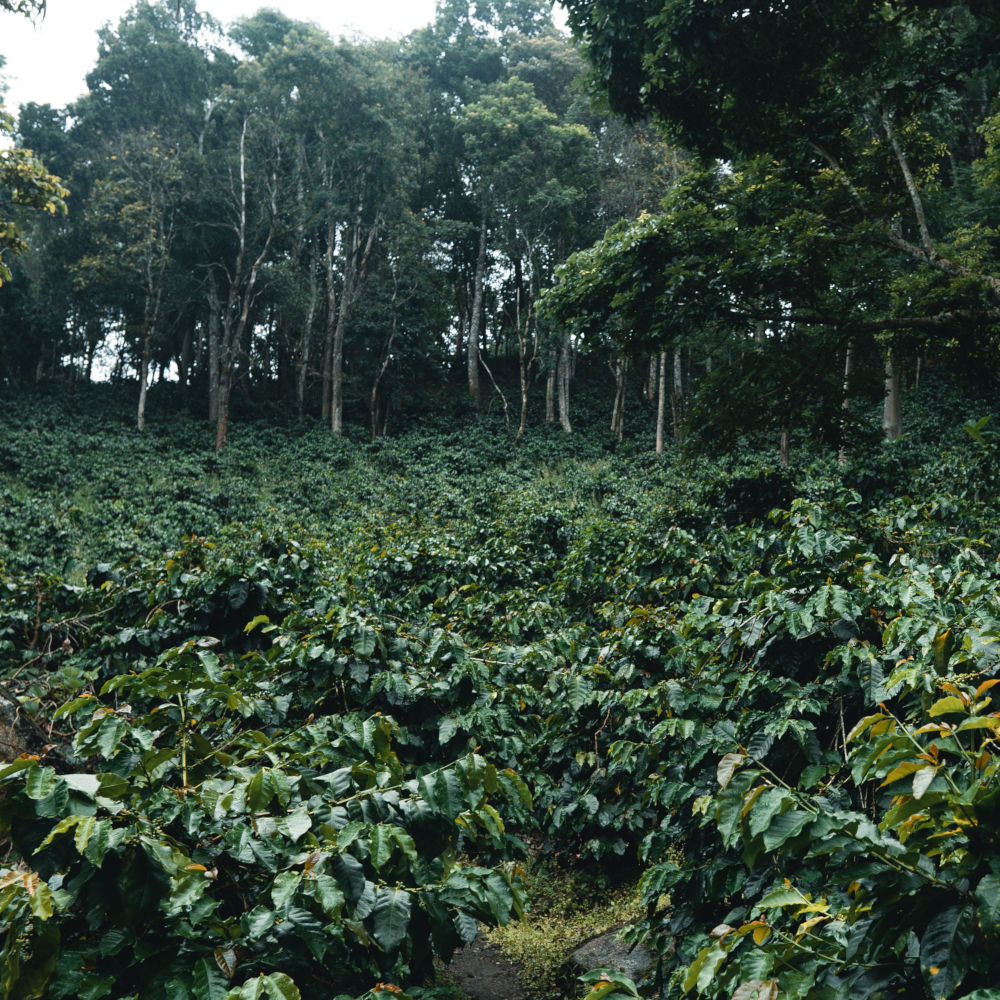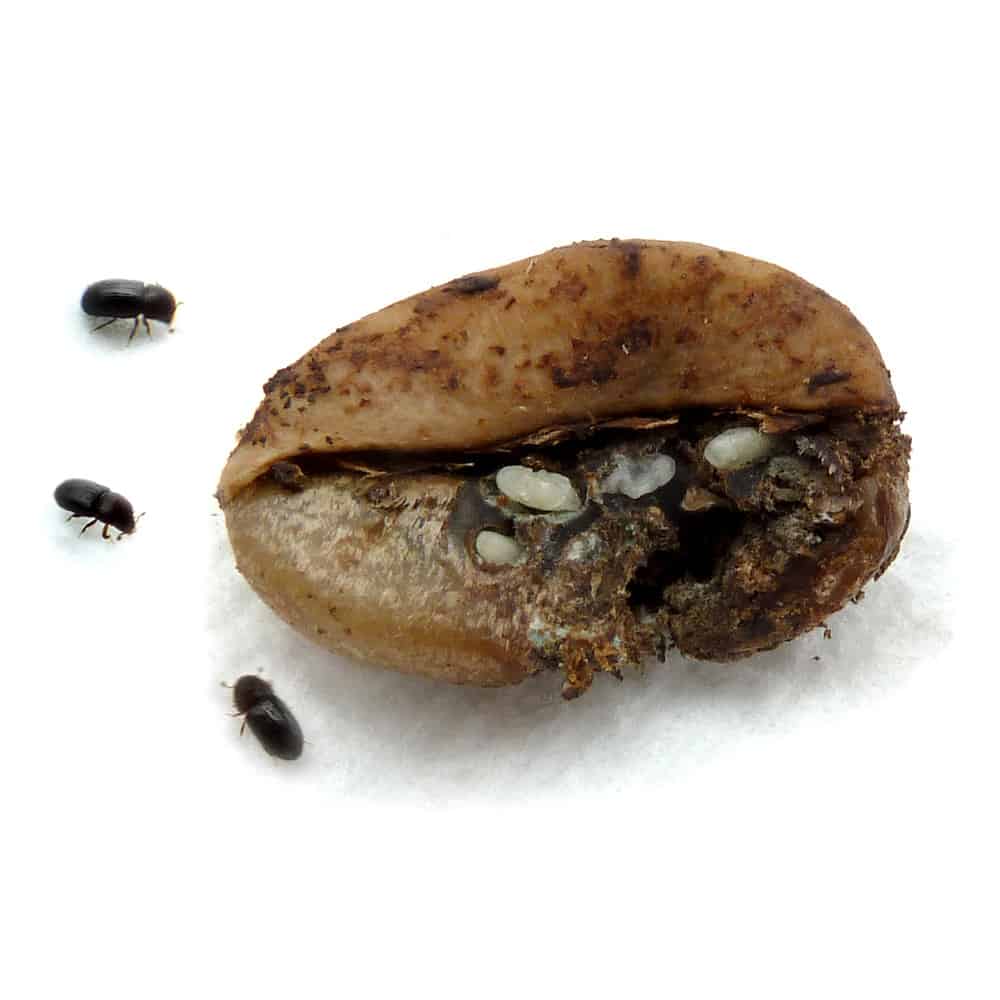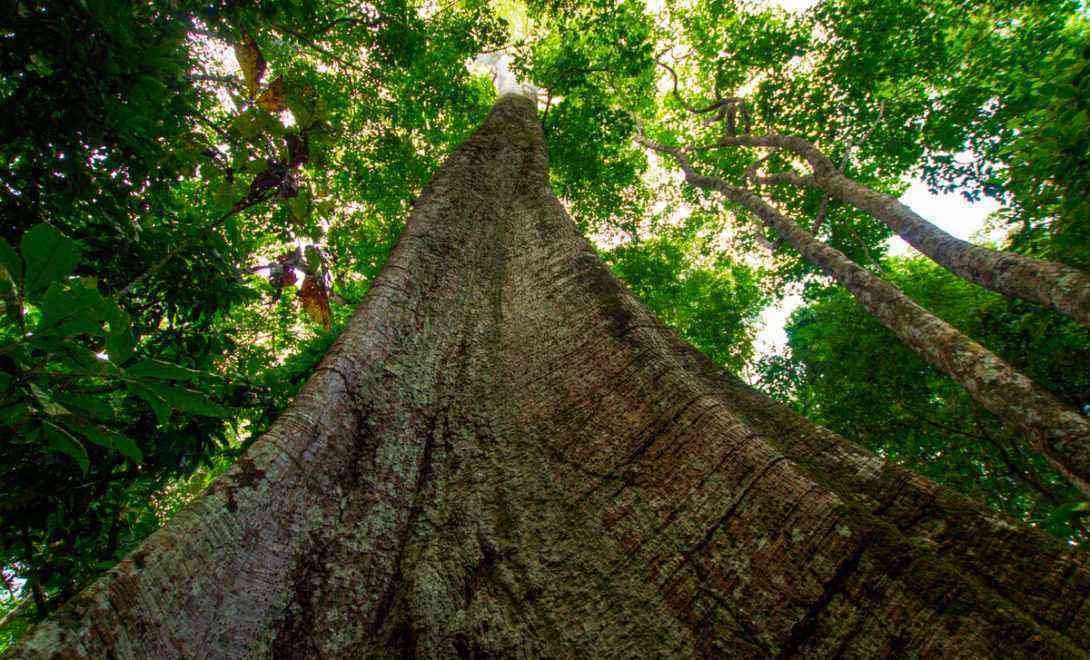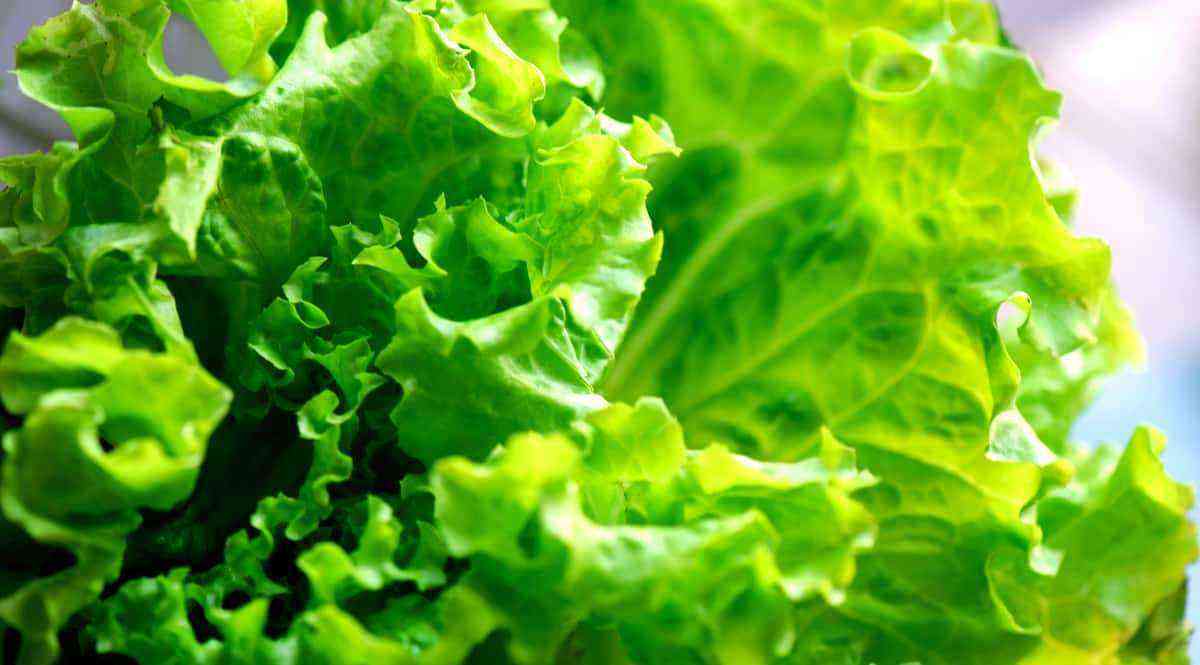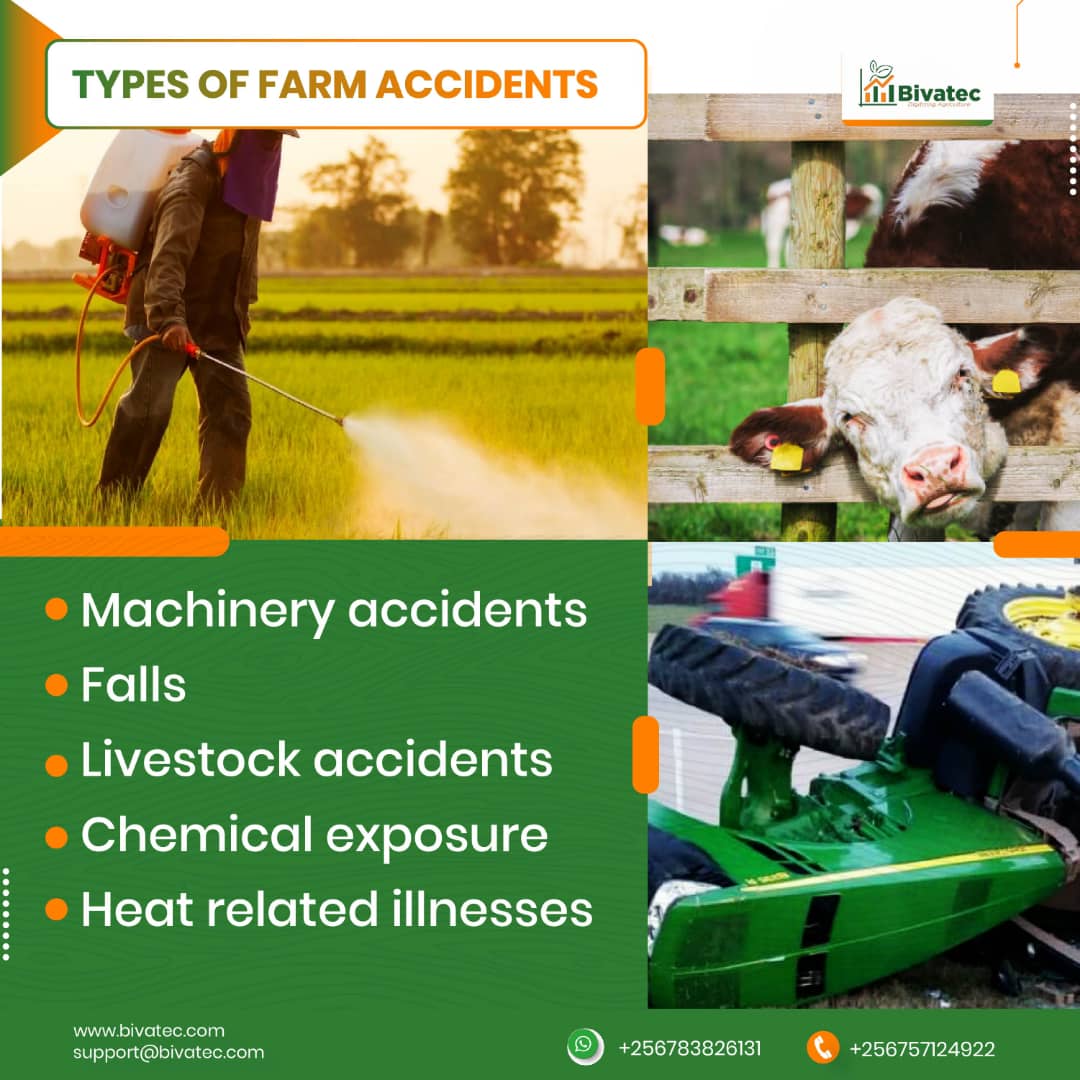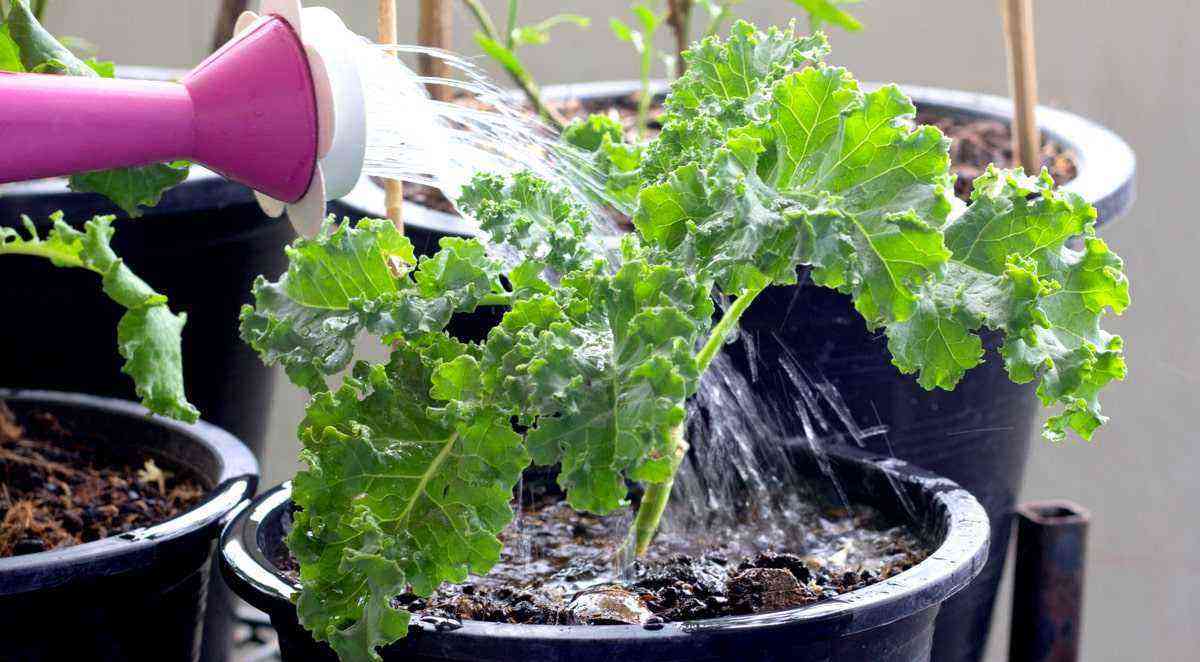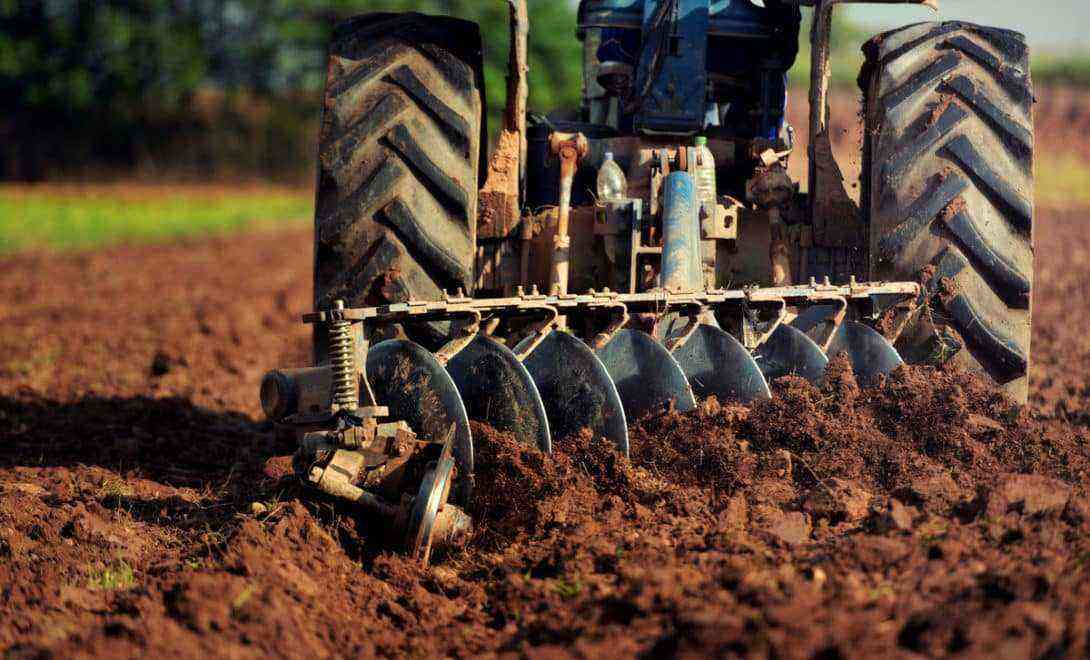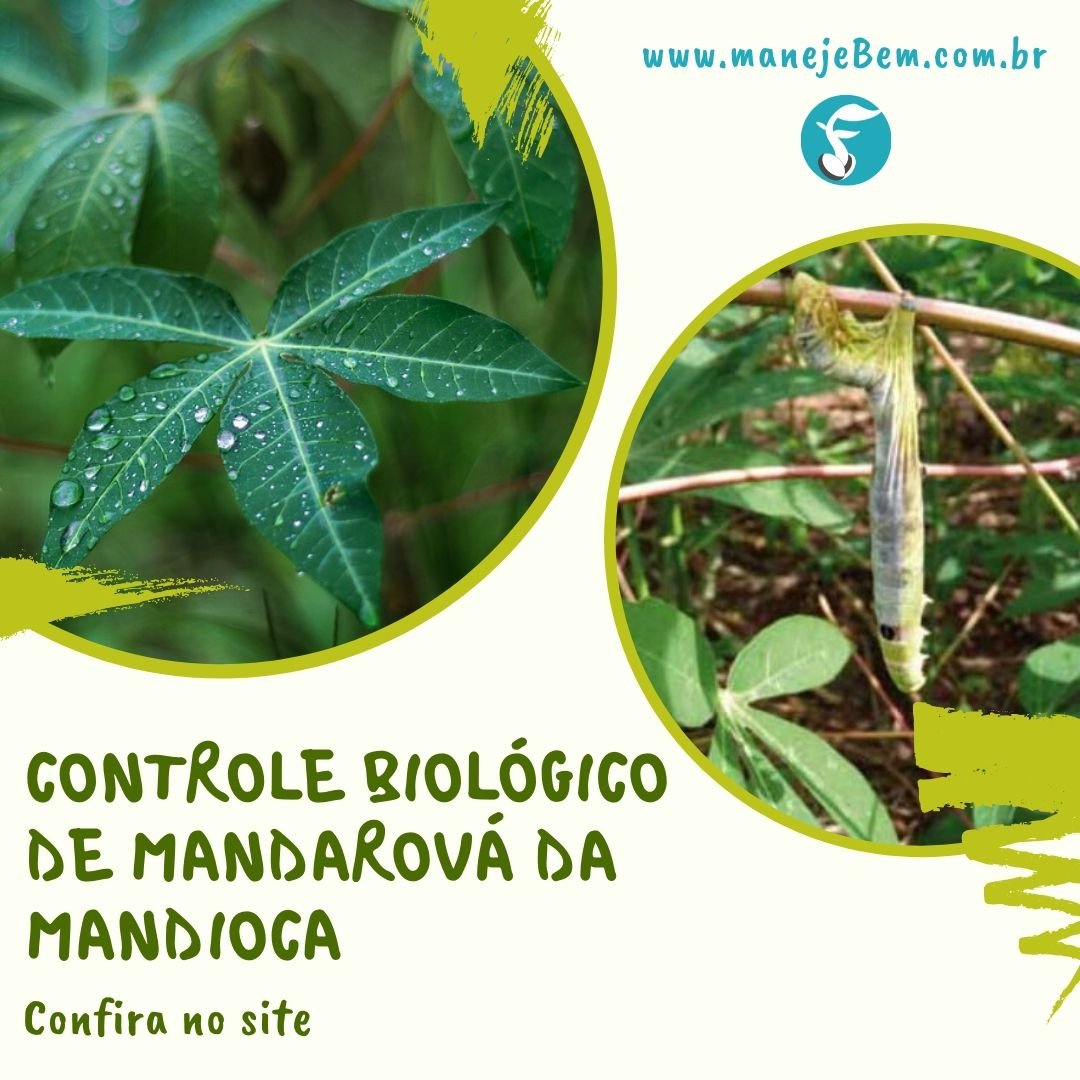The intensive use of soil, mainly in monoculture areas, leads to impoverishment and compaction, compromising its fertility. In that sense, the green adubation is an alternative for the recovery of these soils, promoting numerous benefits.
In this article, we will explain what green manure is, the improvements it promotes, how it can be done and which species can be used. Check out!
What is green manure?
Green manuring is an agricultural practice that aims to recover the soil fertility through the planting of some species, mainly grasses and legumes. The plants used as green manure, at the end of their development cycle, are cut or layered, and their mass is left on the surface or incorporated into the soil.
 Green manure makes it possible to reduce the use of fertilizers, herbicides and pesticides, reducing the risk of polluting soils and water sources.
Green manure makes it possible to reduce the use of fertilizers, herbicides and pesticides, reducing the risk of polluting soils and water sources.
This process helps to increase soil organic matter, promoting better conditions for the next crop to grow. In addition, the planting of these species also promotes nutrient recycling, soil decompaction, nitrogen fixation, among other advantages.
Benefits of green manuring
The adoption of green manure in agricultural production systems provides several advantages through the improvement of chemical, biological and physical characteristics of the soil. Understand better below:
Improvement of soil chemical factors
Some plants used as green manure, more specifically legumes, such as sunn hemp and forage peanut, perform the Biological Nitrogen Fixation (FBN).
This means that these plants form symbiosis with a type of bacteria called rhizobia, which is capable of absorbing the nitrogen present in the atmosphere and transforming it into nitrates and ammonia, forms of nitrogen that plants are able to assimilate.
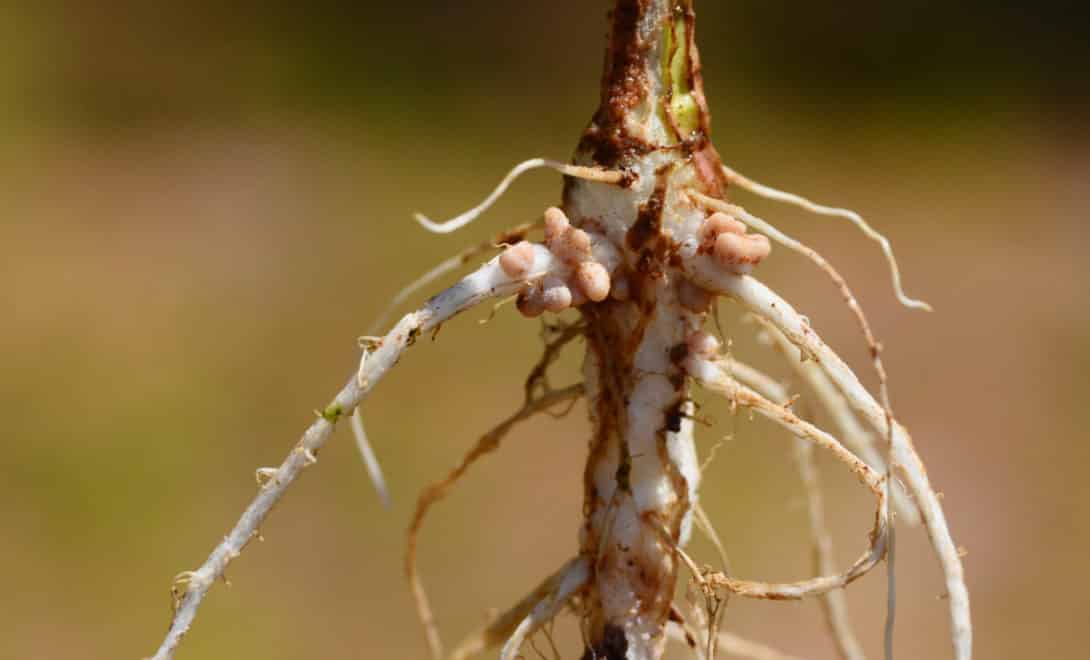
Nitrogen fixing bacteria associate with the roots of legumes, forming nodules, where nitrogen is transformed.
In addition, some species used as green manure, such as brachiaria and forage sorghum, have a very vigorous root system, which allows the absorption of nutrients leached from the deeper layers of the soil, such as potassium and sulfur.
This plant, which will be incorporated into the soil after its cycle is completed, will then be able to “release” these nutrients in the more superficial layers of the soil, making them available for crops of economic interest that have shallower roots. This process is called nutrient recycling.
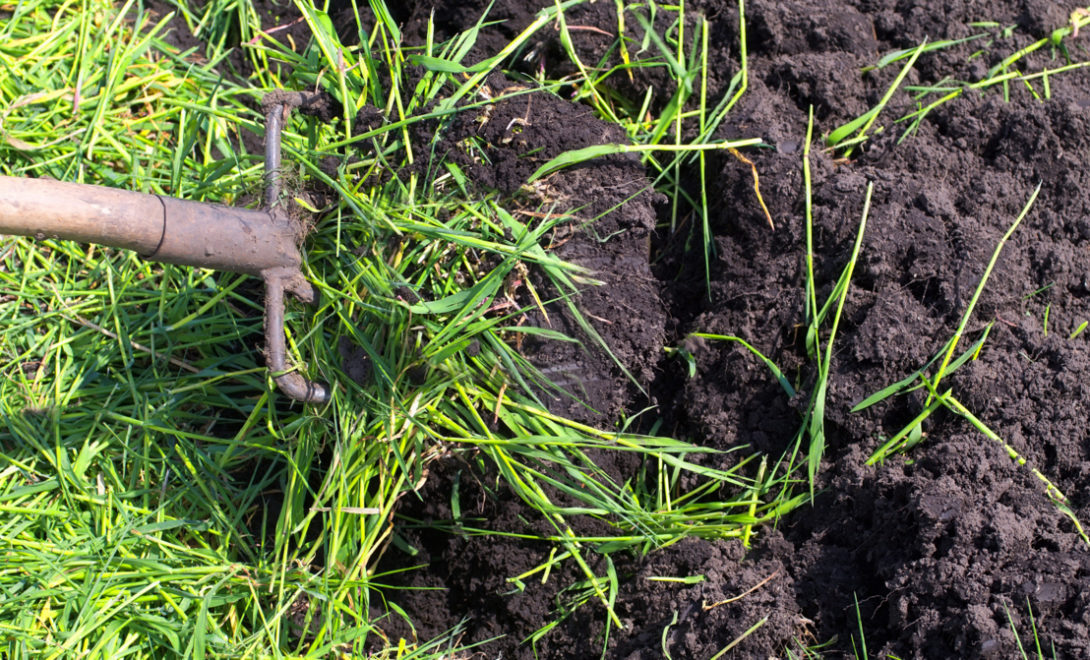 Each plant species is able to mobilize more of one nutrient than another, so it is important to plant different species as green manure, increasing the variety of nutrients that will be available for the next crop.
Each plant species is able to mobilize more of one nutrient than another, so it is important to plant different species as green manure, increasing the variety of nutrients that will be available for the next crop.
The presence of organic matter also increases the cation exchange capacity (CTC) of the soil, that is, it makes the soil able to “bind” more nutrients. Furthermore, it has the ability to form chelates with aluminum present in the soil. In this way, aluminum, which is toxic to plants, is unable to be absorbed by them.
Improvement of soil biological factors
Green manure favors the appearance of mycorrhizal fungi, which are associated with the roots of plants, promoting their growth and consequently enabling greater water absorption capacity.
It also helps to increase the activity of microorganisms that decompose the organic matter left on the soil, transforming it into nutrients for the plants.
In addition, the presence of straw in the soil serves as a barrier to the emergence of weeds, reducing the need for herbicides.

With the straw left by the green manuring, it is possible to carry out the direct planting of the subsequent crop.
Pesticide applications can also be greatly reduced, as green manure promotes the control of insect pests, diseases and nematodes.
Improvement of soil physical factors
The use of green manure promotes improvements in the physical characteristics of the soil because, once the plant cycle is completed, the roots decompose and open spaces that facilitate the penetration of water and nutrients, in addition to contributing to the decompaction do solo.
The aerial part of the plant forms the straw layer, covering the soil surface. This helps to control soil temperature, which in summer in some regions of Brazil can exceed 35 ºC, harming plant processes such as seed germination.
It also helps in erosion control of the soil, whether caused by rain or wind, and in the preservation of moisture.

The use of green manures helps to recover degraded soils and to conserve productive soils.
Read also: Castor bean pie: how to make and use in fertilization.
Species used for green manure
As mentioned earlier, mainly species legumes e grasses, due to the nitrogen fixation capacity and the volume of straw produced. However, crucifers and cereals can also serve as green manure. The choice of the most suitable species will depend on the climate of the region, the duration of the cycle, and mainly, what the soil needs.
The forage turnip, for example, has an aggressive root system, being indicated for soils with compaction problems. Sunn hemp is needed in areas infested by nematodes. Millet, in turn, is a great grass for green manuring because it produces a lot of dry matter, has deep roots, and can grow with little water.
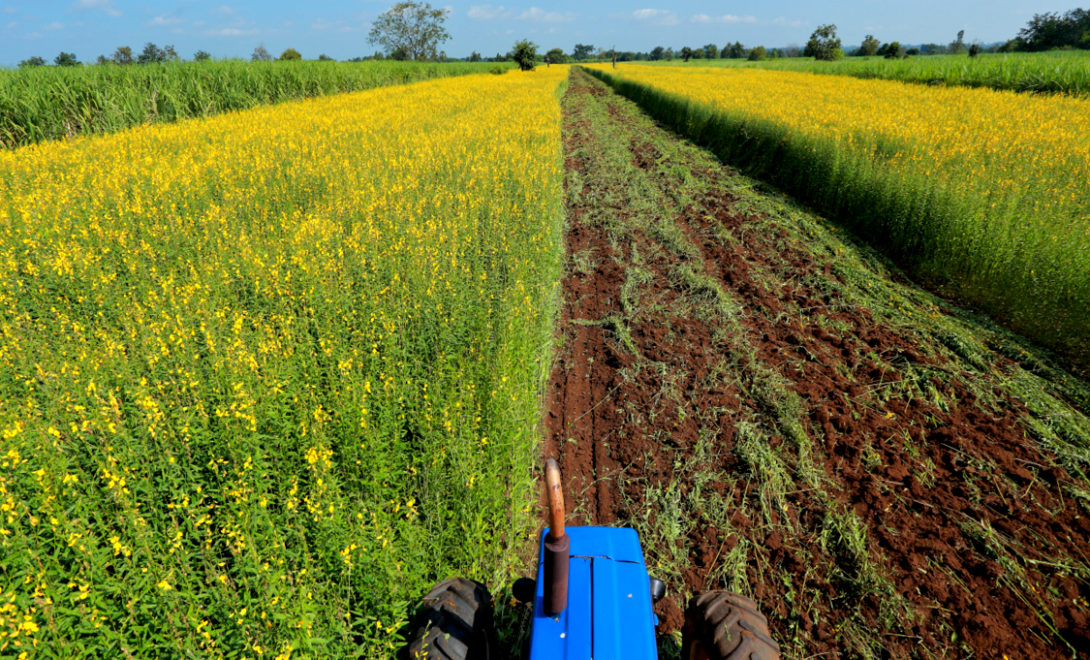 Sunn hemp is one of the most used species as green manure, because in addition to promoting nitrogen fixation, it produces a good amount of biomass and is not a host to nematodes. It is mainly used in the sugarcane sector.
Sunn hemp is one of the most used species as green manure, because in addition to promoting nitrogen fixation, it produces a good amount of biomass and is not a host to nematodes. It is mainly used in the sugarcane sector.
In addition to these, other species are also used as green manure:
- oats (white, black);
- azevém;
- brachiaria;
- rye;
- ervilhaca;
- bean;
- pork beans;
- sunflower;
- pigeon pea;
- lablabe (or lablab);
- velvet bean (dwarf, black, gray);
- soy;
- sorghum;
- tremoço;
- wheat;
- triticale;
- among others.
Furthermore, another important factor to be observed in green manures is the Carbon/Nitrogen ratio. The straw from leguminous plants has a low C/N ratio, that is, it is easily degraded by microorganisms, staying in the field for a short time. Grass biomass has a high C/N ratio, which means that its decomposition is more difficult.
Furthermore, the planting and cutting of green manure must be managed in such a way that nutrients, especially nitrogen, are available at the time of greatest demand for the crop of economic interest. In addition, the use of species that are susceptible to the same pathogens as the main crop should be avoided.
How to make green manure?
The incorporation of the practice of green manure in the agricultural production system can be in several ways:
- pre-cultivation or crop rotation: in this system, there is a cycle of cultivation of green manure before the crop of economic interest;
- consortium: intercropped planting of green manure and the main species;
 Green manure is widely used in vegetable gardens, complementing other organic management methods.
Green manure is widely used in vegetable gardens, complementing other organic management methods.
- strip cultivation: cultivation of perennial or semi-perennial legumes in strips that separate plots from the commercial crop, with periodic pruning of the legumes to fertilize the plots.
For the adoption of green manure, it will be necessary to make an investment with seeds, implantation and management of the species. However, it can be applied to any crop and collaborates with increasing the diversity of species on site, plant residues and organic matter, mitigating the negative impacts of agricultural production. In addition, it helps to increase the producer’s income by reducing the use of nitrogen fertilizers.
So, was this text useful to you? Enjoy and also access our article on how to terracing for soil conservation. Good reading!

